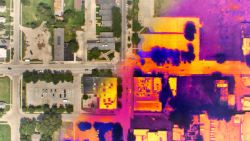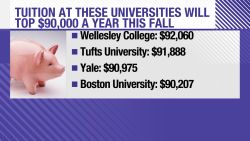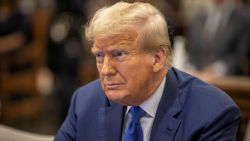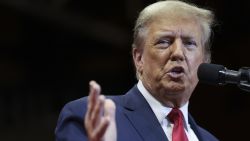Wireless carriersare still lining up to buy 5G network technology from Huawei despite recent US sanctions that have threatened the Chinese tech company’s global supply chain.
Huawei said Wednesday that it has signed more commercial 5G contracts than any other global vendor.
“Globally we already have 50 … commercial 5G contracts,” Huawei deputy chairman and rotating CEO Ken Hu said during a presentation at the Mobile World Congress in Shanghai. That’s an increase of 10 since the end of March.
It was a show of force from the embattled Chinese tech giant at one of the industry’s biggest international conferences.
Huawei’s 5G contracts span 30 countries, and more than half are with European carriers.
The company is the world’s largest telecommunications equipment maker and No. 2 smartphone brand. The Trump administration delivered a huge blow last month, when it added Huawei to a blacklist that bars US companies from selling it technology without first obtaining a US government license.
Suppliers have been given a 90-day reprieve that runs until August 19, but the restrictions have left companies like Alphabet-owned Google (GOOGL), Micron (MICR) and Qualcomm (QCOM) scrambling to determine what they can and cannot sell to Huawei in the future.
US chipmaker Micron said on Tuesday that it has resumed shipping some goods to Huaweiafter finding through an internal review that they were exempt from the restrictions.
Washington fears that Beijing could use Huawei equipment to spy on other nations and it’s been pressuring allies to shut the company out of next generation super-fast 5G wireless networks. Huawei has repeatedly denied that any of its products pose a risk to national security.
The company on Wednesday sought to reassure customers such as South Korea’s LG UPlusand UK telecom giant Vodafone (VOD) that it can handle the current headwinds.
Huawei has “already found alternative supply solutions, including our self-developed solutions or sourcing from non-American partners” for components affected by the US blacklist, Hu told reporters on the sidelines of the conference.
“In terms of where Huawei stands right now, our overall supply is not affected,” he added.
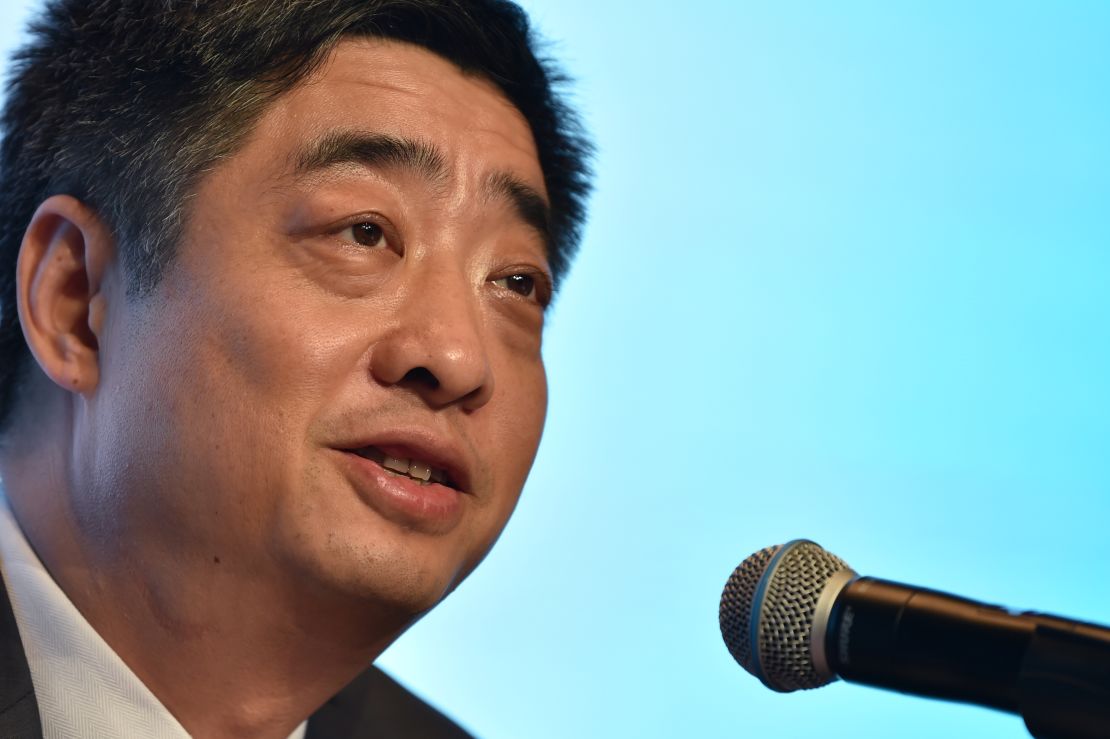
Huawei is a leader in 5G technology and has invested $4 billion over the last decade in developing the next generation of wireless technology that will underpin much of the new digital economy.
The company had announced 40 commercial 5G deals by the end of March, while rival Nokia (NOK) had around 30 at that time, according to Charlie Dai, an analyst with research firm Forrester.
Nokia said earlier this month that it had secured 42 commercial 5G contracts, meaning it has signed 12 new deals in the last three months, compared to 10 for Huawei.
Beyond contracts, Huawei said it has deployed 150,000 5G base stations so far, and anticipates shipping 500,000 by the end of the year.
But its smartphone business is vulnerable to the US campaign. Last week, Huawei founder and CEO Ren Zhengfei said overseas smartphone unit sales dropped by 40%, referring to a fall in sales between May 17 and June 16, compared to the previous 30-day period.
The US export ban has forced companies like Google and Facebook (FB) to cut off new Huawei smartphones, without which they become a lot less attractive to international consumers.
“All Huawei smartphones that have been sold, that are in stock, will not be affected at all with this access to the Android operating system or Google applications,” Hu said.
The company hopes to continue to use Google’s operating system and services in the future, but if it can’t, “we will have to find alternative solutions,” he said.
Huawei has been developing its own operating system, reportedly called Hongmeng, but Hu declined to disclose details and said “nothing is finalized” for when it will be launched.
While the company remains open to buying from American suppliers if the restrictions are eventually lifted, it “will stick to that diversified structure and strategy so that we will be better positioned in dealing with the uncertain political environment,” Hu said.







